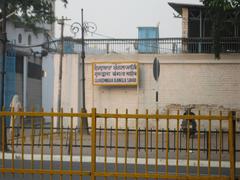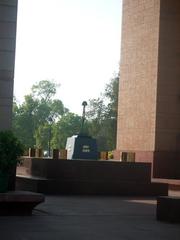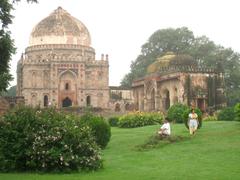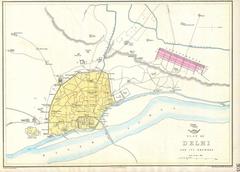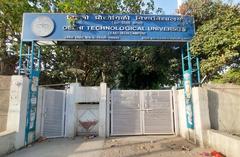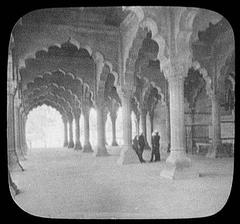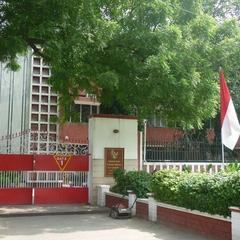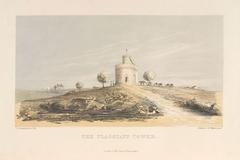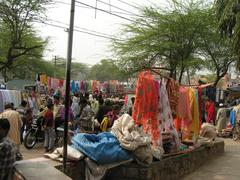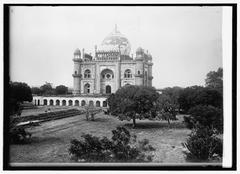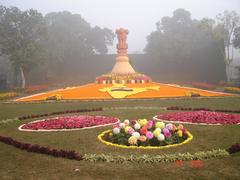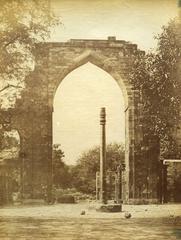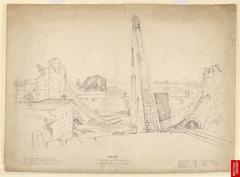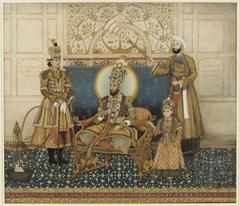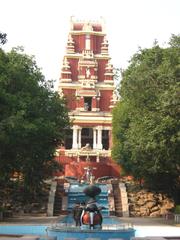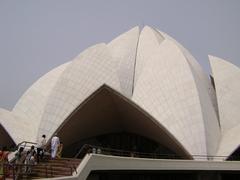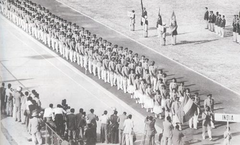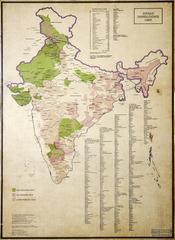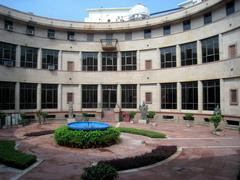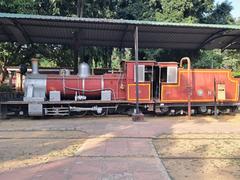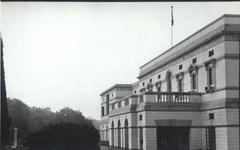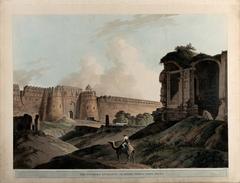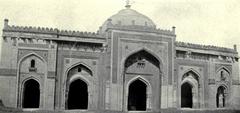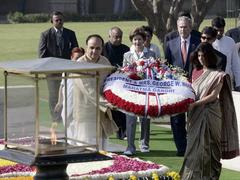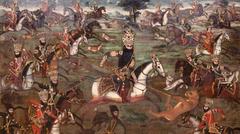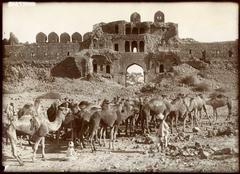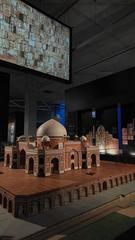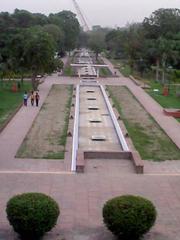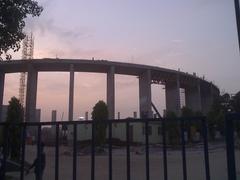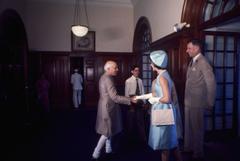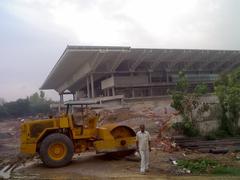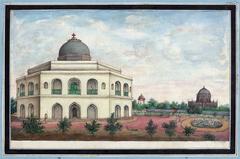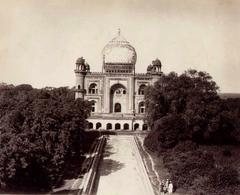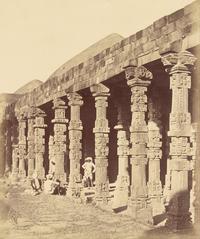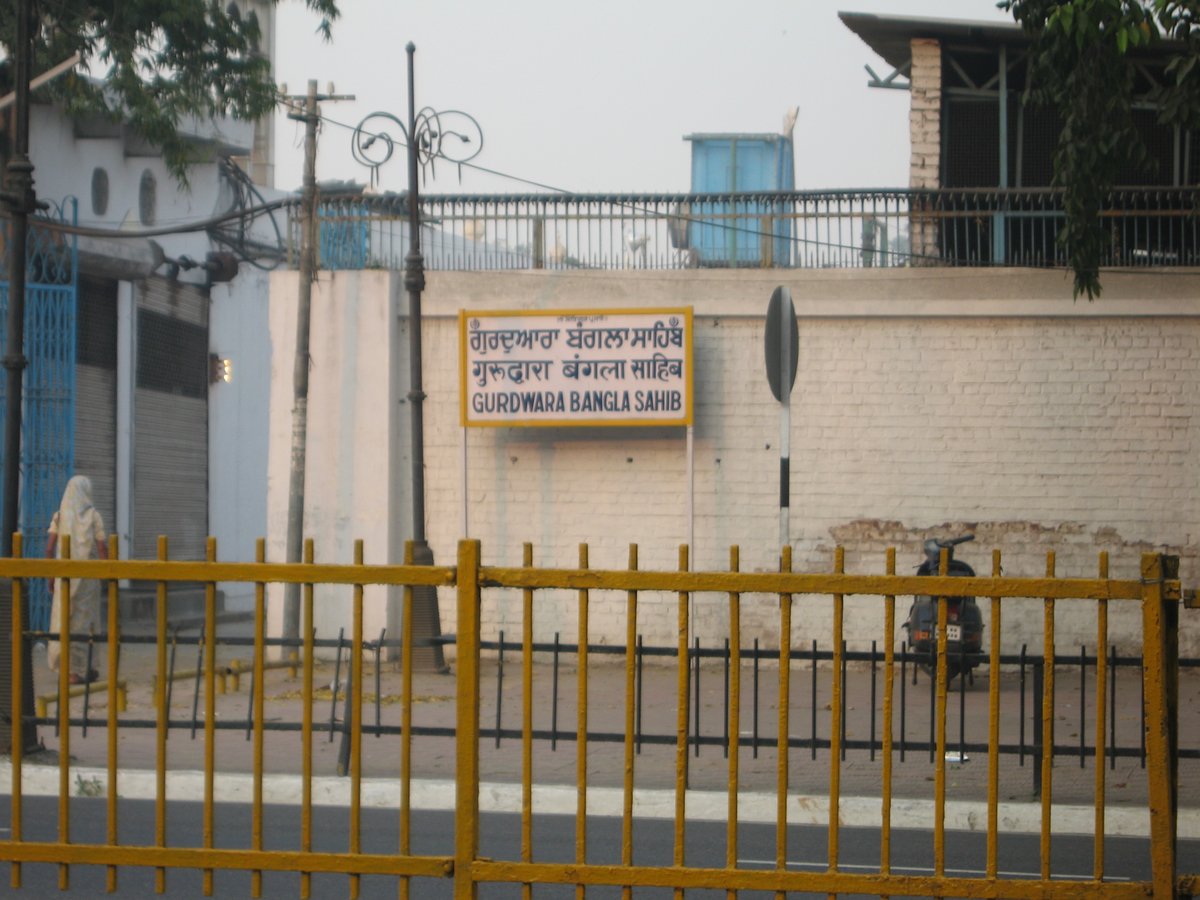
Complete Guide to Visiting Gurudwara Bangla Sahib, New Delhi, India: Tickets, Hours, and Tips
Date: 14/06/2025
Introduction
Nestled in the heart of New Delhi, Gurudwara Bangla Sahib stands as one of India’s most prominent Sikh shrines, renowned for its rich history, architectural beauty, and steadfast commitment to community service. This guide provides a comprehensive overview of what makes Gurudwara Bangla Sahib a must-visit—covering its origins, cultural significance, visiting hours, entry protocols, facilities, and practical tips. Whether you are seeking spiritual solace, historical insight, or cultural enrichment, this article will help you plan a fulfilling visit to this iconic landmark (Delhi Travel, Alight India, Tripoto).
Table of Contents
- Historical Background and Significance
- Architectural and Cultural Highlights
- Visitor Information
- Facilities and Services
- Environmental and Security Initiatives
- Frequently Asked Questions (FAQs)
- Conclusion
- References
Historical Background and Significance
Gurudwara Bangla Sahib traces its origins to the 17th century. Originally the bungalow (“bangla”) of Raja Jai Singh, a Mughal-era nobleman, it became a sacred site after Guru Har Krishan Sahib Ji, the eighth Sikh Guru, stayed here in 1664. During a devastating smallpox and cholera epidemic, Guru Har Krishan Ji offered healing and compassion to Delhi’s afflicted. The well at the site, now forming the Gurudwara’s revered Sarovar, is believed to have healing properties—a tradition that continues to draw devotees (Special Places of India, Goldentrianglepackage.in).
After Guru Har Krishan Ji’s passing, Raja Jai Singh donated the bungalow and land for the construction of a Gurudwara. Today, it stands as a global Sikh pilgrimage site, symbolizing the values of compassion, humility, and selfless service (Alight India).
Architectural and Cultural Highlights
Architectural Features
Gurudwara Bangla Sahib’s architecture is a blend of Sikh and Mughal styles. Its golden dome, pristine white marble façade, and intricate arches create a striking visual impression. The Nishan Sahib, a tall saffron Sikh flag, marks the entrance, while the main prayer hall (Darbar Sahib) houses the Guru Granth Sahib amid elegant chandeliers and marble mosaics (Tripoto, DVNetwork).
The Sarovar
The sacred Sarovar (holy pond) is the heart of the Gurudwara complex. Its water, associated with Guru Har Krishan Ji’s acts of healing, is considered spiritually purifying. Visitors often collect or sprinkle the blessed water as part of their spiritual practice (Tripgurugo).
Cultural Significance
The Gurudwara embodies Sikh values of egalitarianism, inclusivity, and selfless service. The free community kitchen (Langar) serves vegetarian meals to thousands daily, and all visitors—regardless of faith or background—are welcome to participate in prayers, kirtan (devotional music), and seva (volunteering) (Global Sikh Council).
Visitor Information
Visiting Hours
Gurudwara Bangla Sahib is open 24 hours a day, 365 days a year. While you can visit at any time, the most serene atmosphere is during early morning and late evening kirtan sessions. For tourists, 9:00 AM to 6:00 PM is recommended for full access to facilities and services (Tripoto).
Entry & Tickets
- Admission: Free for all visitors.
- Tickets: No tickets or prior bookings required.
Dress Code & Etiquette
- Head Covering: Mandatory for everyone (scarves and bandanas provided at entrance).
- Footwear: Must be removed before entering; free shoe storage is available.
- Attire: Modest clothing covering shoulders and knees. Avoid shorts and sleeveless tops.
- Behavior: Maintain silence in prayer halls, keep mobile phones on silent, and follow posted guidelines (SikhiWiki).
Accessibility
The Gurudwara is wheelchair accessible, with ramps, accessible restrooms, and assistance available for differently-abled visitors. Multilingual volunteers ensure a welcoming experience for international guests (Indiamap).
How to Reach
- Location: Baba Kharak Singh Road, near Connaught Place, New Delhi (110001).
- Metro: Rajiv Chowk station (Blue/Yellow Line) is the closest, with Patel Chowk and Shivaji Stadium stations nearby.
- Car/Taxi: On-site multi-level parking for private vehicles and tourist buses.
- Public Transport: City buses and auto-rickshaws are readily available (Indiaongo).
Facilities and Services
- Main Prayer Hall: Continuous kirtan, spiritual ambiance, and space for meditation.
- Sarovar: Accessible for ritual bathing or reflection.
- Langar Hall: Free vegetarian meals served daily; visitors are welcome to volunteer (Triphippies).
- Health Centre & Diagnostic Facilities: Affordable and free medical services, including subsidized MRI scans.
- Heritage Museum: Multimedia displays on Sikh history and Guru Har Krishan Ji’s life.
- Guest House (Sarai): Accommodation for pilgrims and visitors.
- Clean Washrooms: Gender-segregated, well-maintained facilities.
- Water Stations: Filtered drinking water available throughout the complex.
- Cloakroom & Shoe Storage: Safe, free storage near the entrance.
- Shops: Religious books, souvenirs, and head coverings for purchase.
Environmental and Security Initiatives
Gurudwara Bangla Sahib champions sustainability by using solar panels, water recycling systems, and biodegradable materials in its kitchen. CCTV surveillance and on-site security personnel ensure a safe environment for all visitors (Special Places of India).
Frequently Asked Questions (FAQs)
Q: What are the visiting hours?
A: Open 24/7, but 9 AM–6 PM is ideal for tourists.
Q: Is there an entry fee?
A: No, entry is free for all.
Q: Can I take photos inside?
A: Photography is permitted in outer areas but not inside the main prayer hall.
Q: Is the Gurudwara wheelchair accessible?
A: Yes, ramps and accessible facilities are provided.
Q: Are guided tours available?
A: Volunteers can provide information; some local operators offer guided group visits.
Q: Are there parking facilities?
A: Yes, a multi-level parking lot is available nearby.
Conclusion
Gurudwara Bangla Sahib stands as a beacon of Sikh values—compassion, humility, and service—offering a sanctuary of peace amidst New Delhi’s bustle. Its historical significance, architectural splendor, and inclusive ethos make it a must-visit for pilgrims, tourists, and cultural enthusiasts alike. Plan your visit to immerse in devotional music, volunteer in the Langar, and explore the Gurudwara’s spiritual and historical legacy.
For more information, updates, and virtual resources, download the Audiala app, check official channels, and explore related articles on Delhi’s heritage and Sikh culture.
References
- Delhi Travel
- Alight India
- Tripoto
- History to Heritage
- Global Sikh Council
- Wikipedia
- Special Places of India
- Triphippies
- Indiaongo
- Indiamap
- DVNetwork
